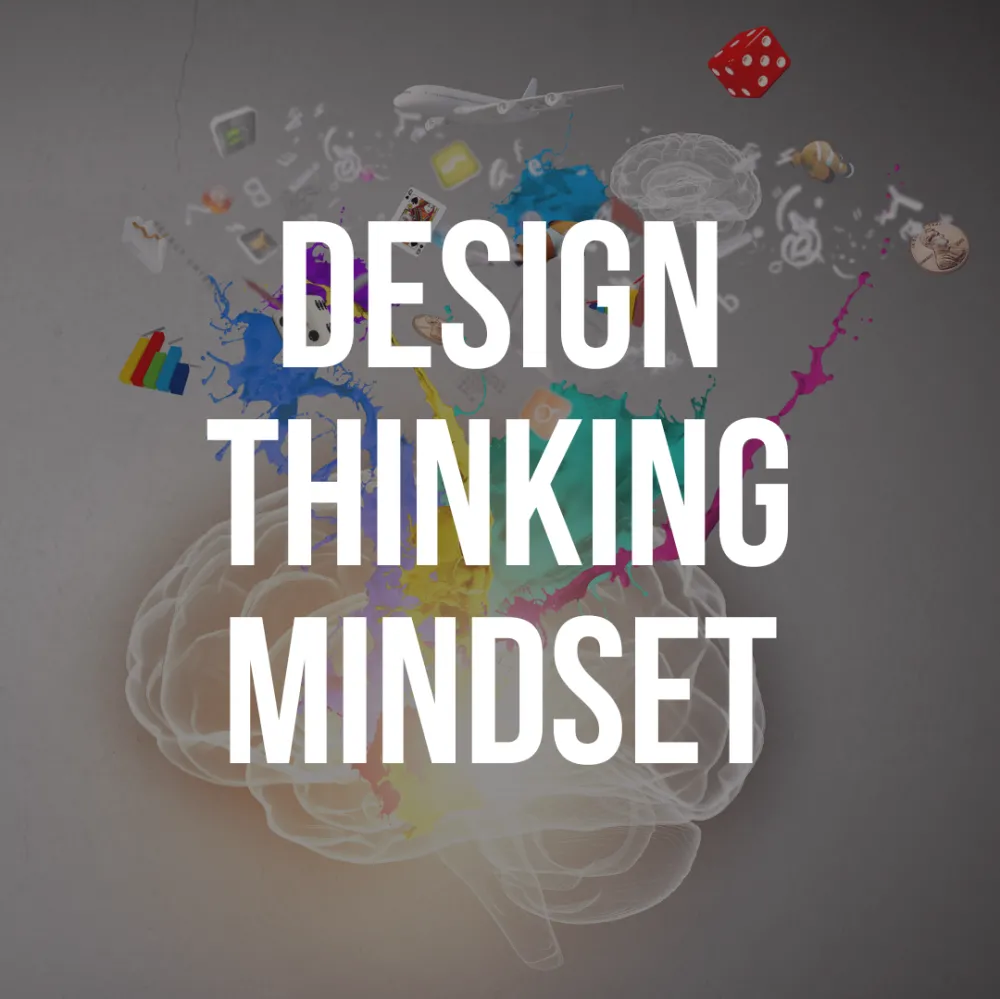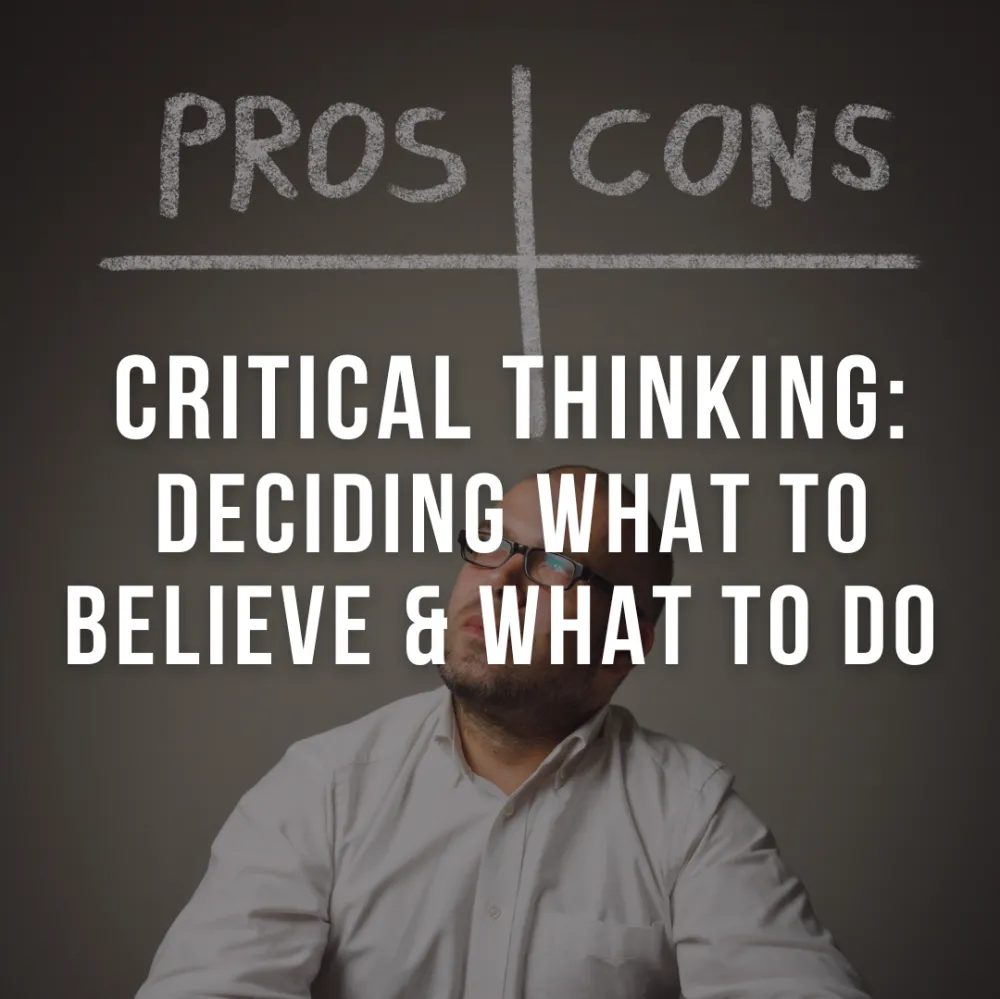Design Thinking Mindset
Design Thinking Mindset
Course Duration: 2 DaysIntroduction
Innovate or die! That is the mantra of many fast moving and successful companies, especially in this world of high-speed interconnectivity. The question organizations face to stay relevant in today's environment is how to establish a culture of innovation and creative problem solving. Design thinking, an approach to both innovation and creative problem solving is becoming the go to approach for forward thinking organizations. What is design thinking? Design thinking is an interactive approach to solve problems with cross-functional teams led by facilitators. This course presents an introduction to the design thinking approach and mindset using highly interactive exercises that give the participants a flavor for some of the techniques and methods of design thinking that waken the innovative and problem-solving abilities within each of us.Objectives
After completing the training, you should be able to:- Understand the concepts of design thinking approaches
- Create design thinking teams and conduct design thinking sessions
- Apply both critical thinking and design thinking in parallel to solve problems
- Apply some design thinking concepts to their daily work
Key Contents
Module 1: Design Thinking Overview
- What is Different About Design Thinking?
- Exercise: Design Thinking in the Workplace
- Design Thinking Skills
- Exercise: Design Thinking Skills
- Design Thinking Mindset
- Principles of Design Thinking
- Exercise: Design Thinking Principles
Module 2: General Approaches to Design Thinking
- The Basic for Design Thinking
- Design Thinking Frameworks
- Exercise: Build a Design Thinking Framework
- The Design Thinking Team
- What Constitutes a Design Thinking Team?
- Exercise: Create a Design Thinking Team
- Design Thinking Workshops and Meetings
- Characteristics
- Types of Workshops
Module 3: A Design Thinking Approach in Stages
- Apply the Design Thinking Frameworks
- Class Exercise: Review the Case Study
- Empathize with the Customers and/or Users
- Exercise: Engage the Customer / User
- Define the Problem
- Exercise: Review and Follow-Up
- Exercise: Define the Point of View
- Ideate
- Exercise: Develop Potential Solutions
- Exercise: Feedback on the Solutions
- Prototype Alternate Solutions
- Exercise: Create a Prototype of the Solution
- Exercise: Review the Prototype and Gain Feedback
- Test the Solutions
- Exercise: Prepare Test of the Prototype and Solution
Module 4: Design Thinking Techniques
- Listening and Empathizing Techniques
- Engagement
- Exercise: Ask the Right Questions
- Observation
- Exercise: Setting Up the Observation
- Showing Empathy
- Define and Ideation Techniques
- Unpacking
- Exercise: Unpack to the Wall
- Personas
- Exercise: Create Personas for the Case Study
- Pattern Recognition and Connecting the Dots
- Prototype and Test Techniques
- Types of Prototypes
- Exercise: Revise Franken Prototype to Refind Prototype
- Forms of Testing in Design Thinking
- Exercise: Prepare and A / B Test of the Prototype
Module 5: General Design Thinking Practices
- Visualization Techniques and Diagrams
- Use of Diagrams and Maps in Design Thinking
- Exercise: Create an Empathy Map
- Exercise: Revisit the Wall
- Exercise: Create an Affinity Diagram
- Exercise: Create a Mind Map
- Exercise: Create a Journey Map
- Story Telling Techniques
- Story Telling Throughout the Design Thinking Process
- Improvisation
- Exercise: Tell a Story
- Scenarios
- Exercise: Create a Set of Scenarios for the Case Study
- K-Scripts
- Exercise: Create a Set of K-Scripts for the Case Study
- Exercise: Platform Role Playing of Scenarios for the Case Study
Module 6: Adopt and Adapt Design Thinking
- Cautions and Pitfalls
- Assumptions
- Exercise: Assumptions
- Pitfalls and Cautions in Design Thinking Workgroups
- Final Words and Best Practices
- Best Practices
- Exercise: Best Practices
- Exercise: Take the Practices Back to the Office
Inquiry - Design Thinking Mindset











